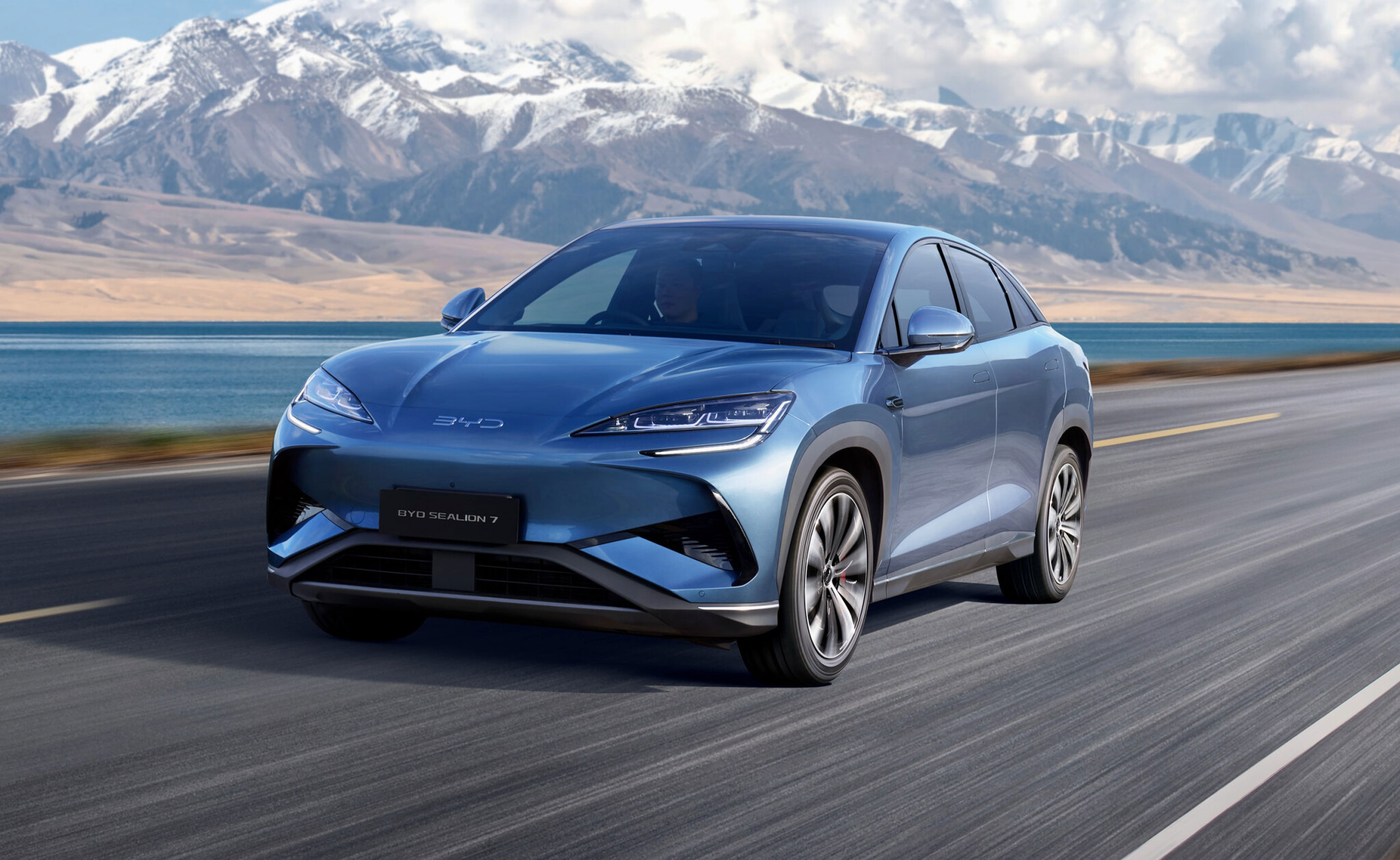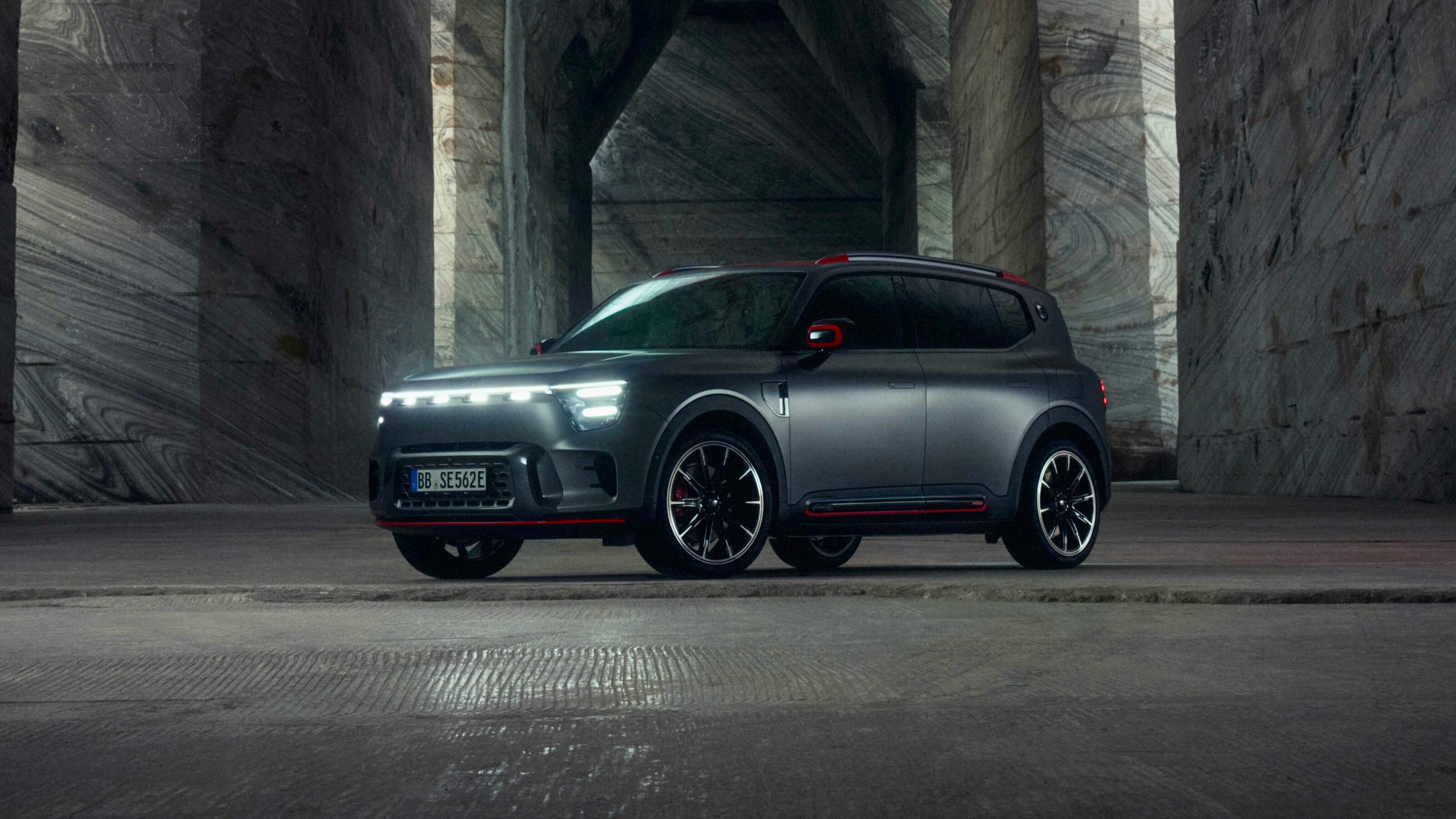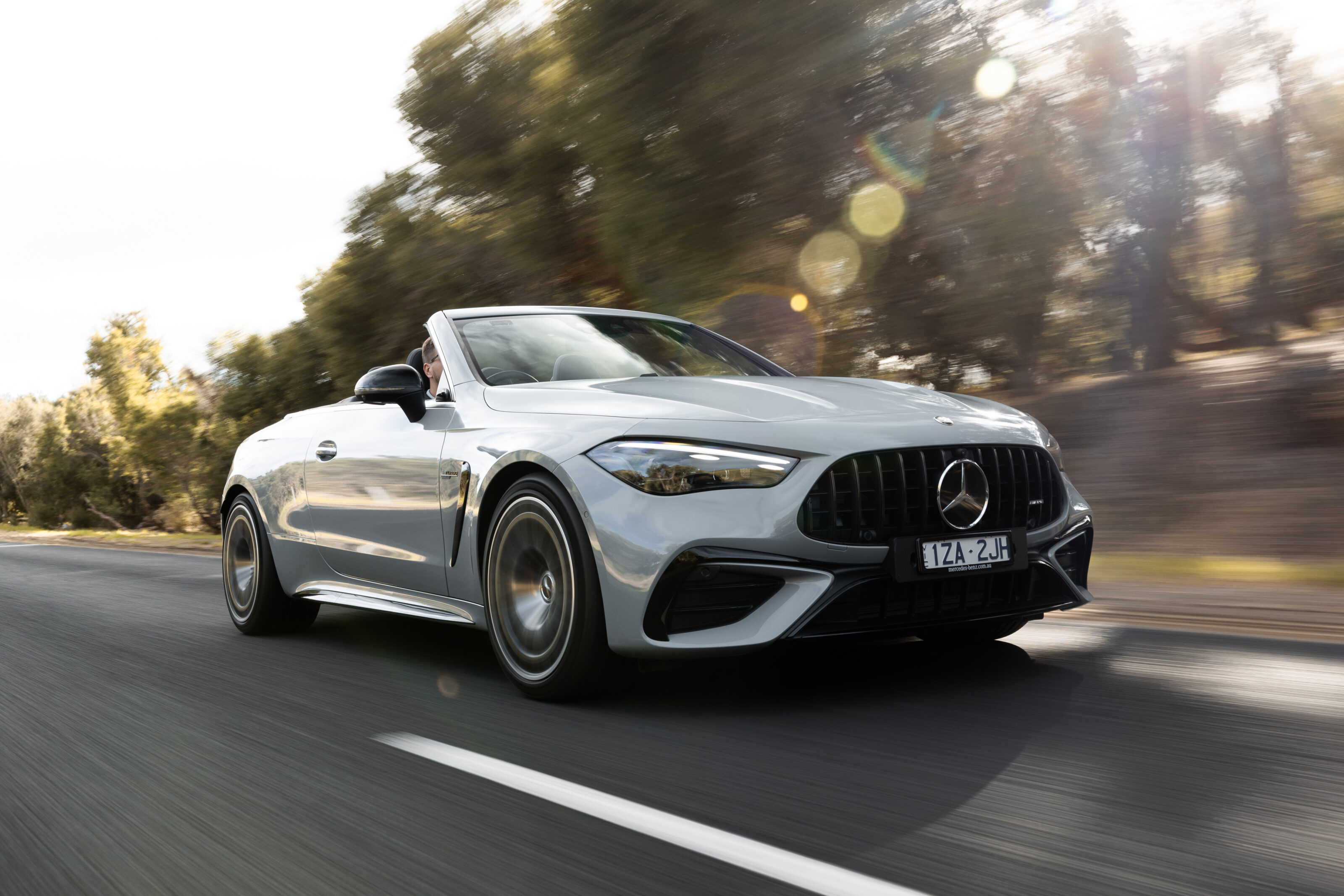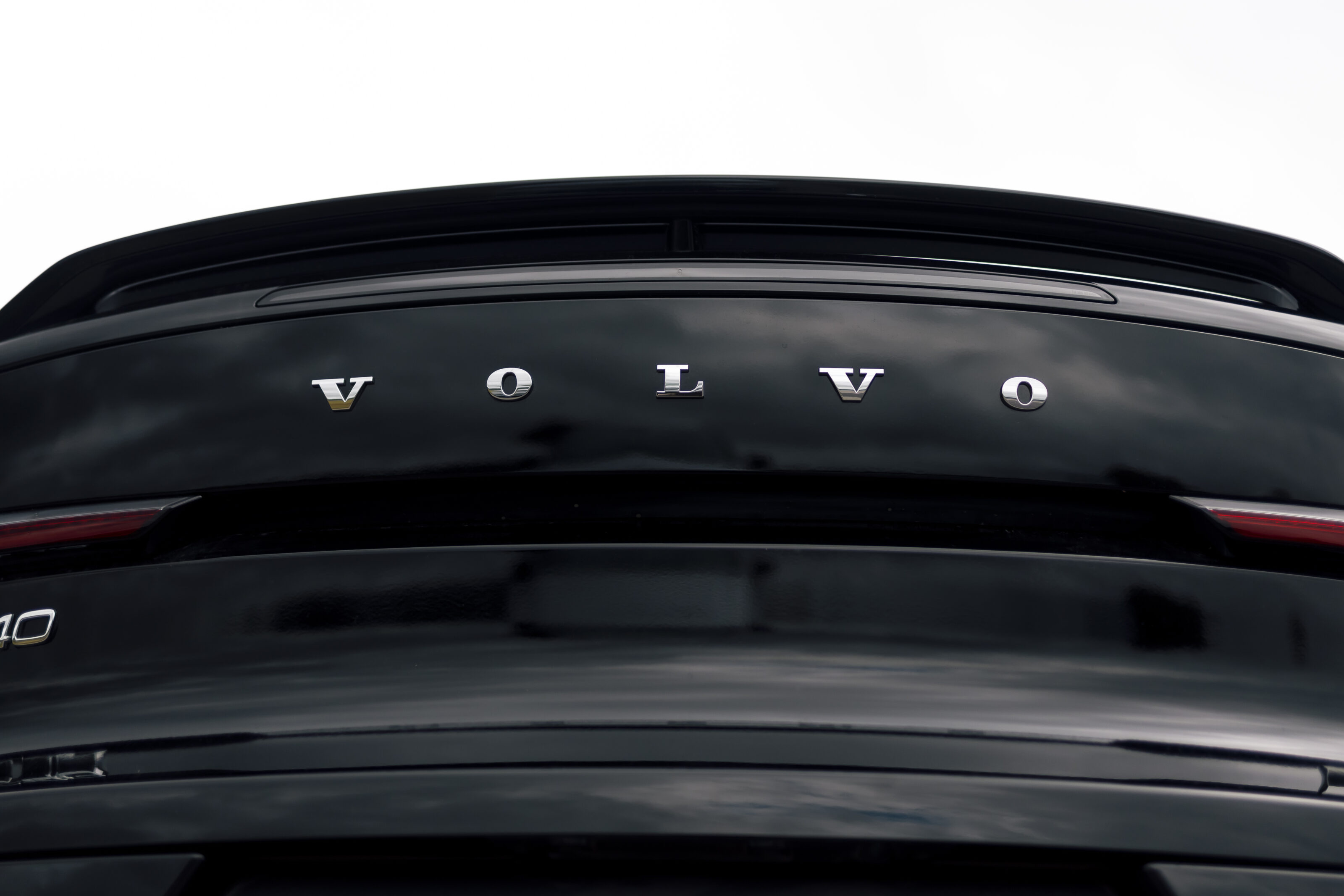
The popularity of electric cars is booming, but there’s another metric that’s also going north at an alarming rate: how much they weigh.
While nearly every modern car is heavier than the one it replaces due to customers demanding increased space and advanced safety equipment, nowhere is this weight gain felt more keenly than in the world of EVs.
It’s not uncommon for an electric car to be 35 per cent heavier than traditional petrol models, for example.
Bigger battery packs and multiple electric motors are key drivers behind the weight gain, with the kerb weight of many electric SUVs increasing to such a degree that carmakers often have to reengineer them with more complex, and heavier, crash structures.
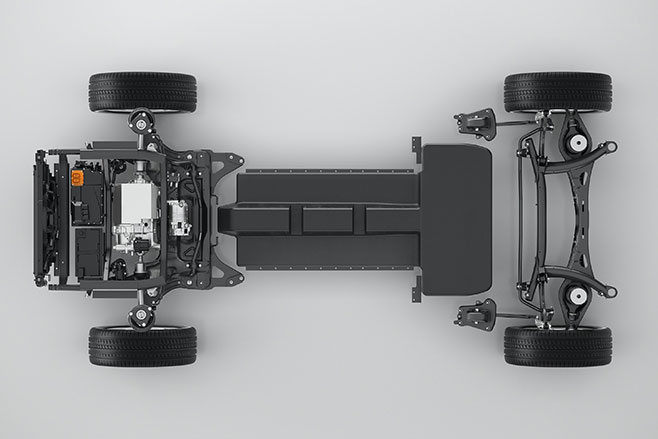
Heavier cars bring a multitude of other issues, too. They’re less efficient, tyres and other consumable components like brake pads and suspension bushings wear more quickly, they degrade roads at a faster rate and some safety bodies have also raised concerns around the damage they may cause if they collide with lighter, traditional cars.
The good news is that the weight gain could soon end. Volvo is one carmaker keen to reduce the weight of its future models with the company’s global boss, Jim Rowan, telling Wheels there are multiple ways it plans to start shedding the kilos.
“The thing that electric cars hate more than anything else is weight, high Cd [poor aerodynamics] and big tyres with high rolling resistance,” said Rowan. “So we’re constantly trying to measure how do you get the geometry right without it looking a wedge? How do you get the weight out of the car and how do you reduce the rolling resistance of the car itself?

“Right now we’re managing to offset the additional weight by better aero and battery chemistry but it’s something that’s constantly a battle for us,” he added.
Rowan cited Volvo’s move to lithium-iron phosphate (LFP) batteries as a replacement for traditional lithium-ion units as a positive step forward, but said the real reductions will come from an increased use of composite materials.
More advanced active safety systems and manufacturing processes will also play a role, with Rowan hinting they could allow carmakers to shave valuable kilos out of a model’s crash structure.
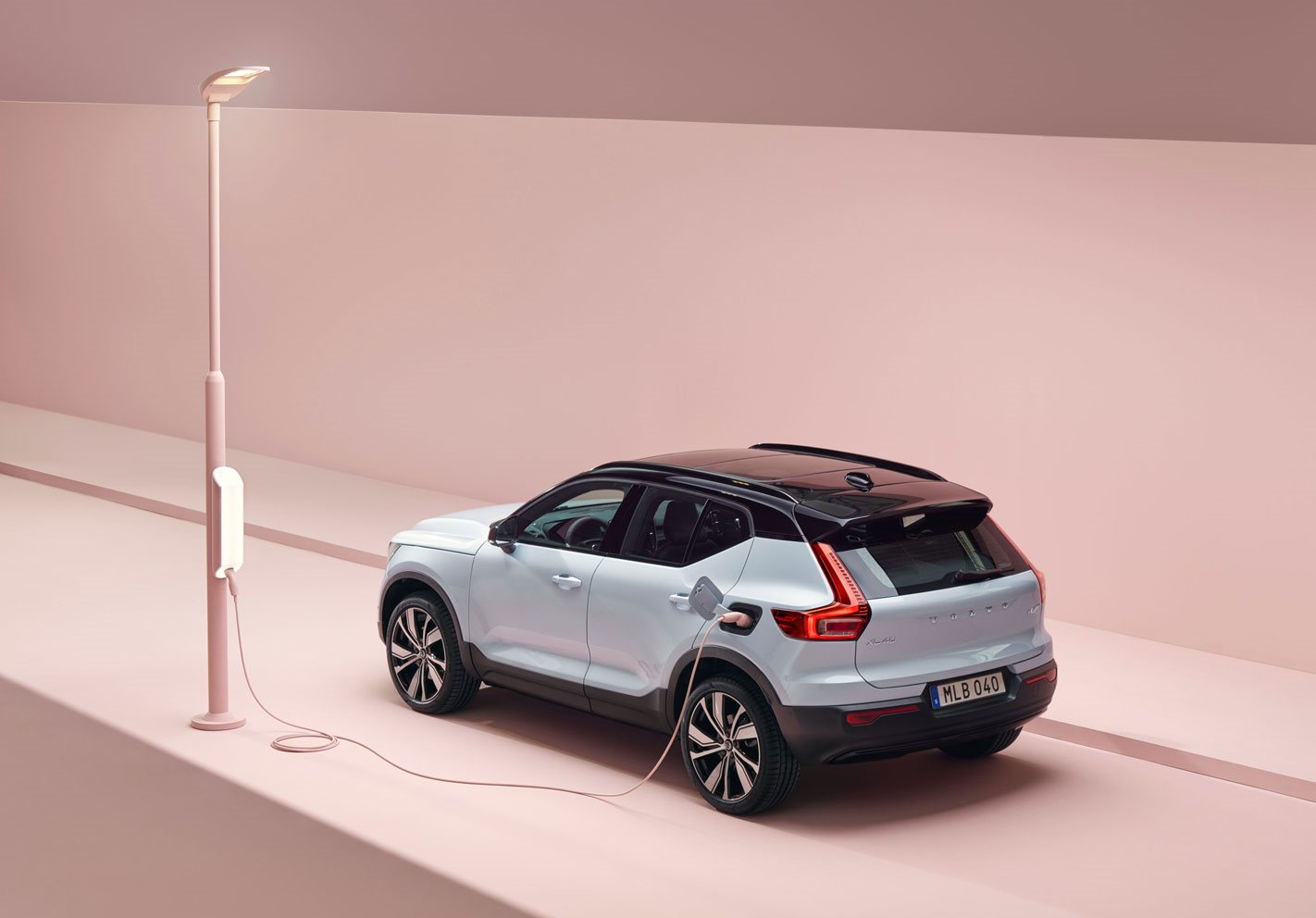
“LFP is a really good technology and it’s much cheaper, too, because you get rid of the cobalt and rid of the magnesium so environmentally it’s also a better choice,” said Rowan. “And when we really get to more differentiated, more sophisticated and advanced safety systems like LIDAR and radar and the confidence of a crash becoming less severe because you can intervene to the point where you can slow the car down where even if there’s still an impact it’s slowed down.
“We’re also putting a lot of aluminium into our cars now, which is more expensive, but it’s less weight, so that’s a benefit. And we just put in mega-casting [a manufacturing process of casting large components in a single piece] in some of our new models and that takes out a lot of weight.
“But I think it’s going to be a combination of a bit of battery chemistry, a bit of improved aero and the better use of composite materials to take the weight out.”
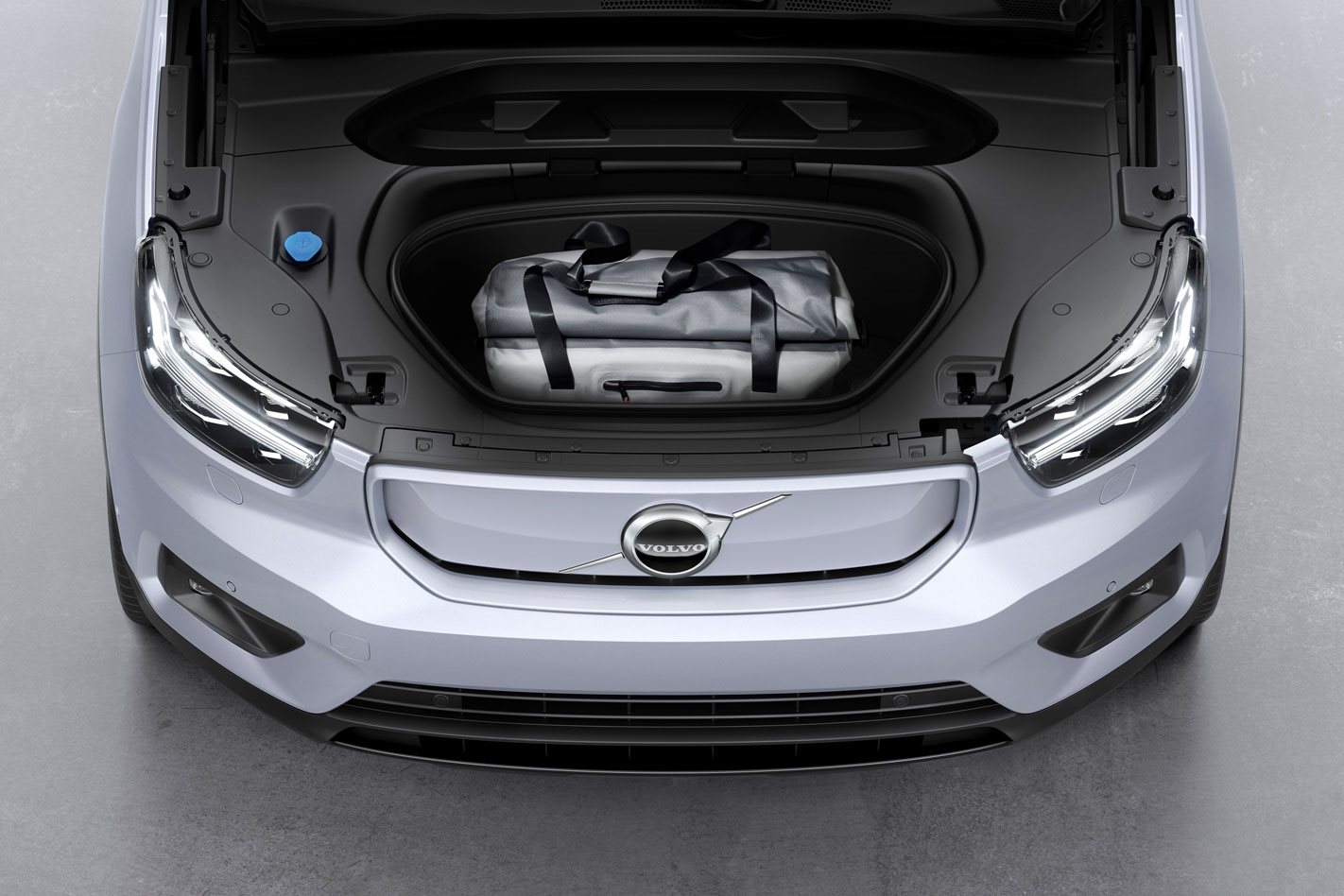
Another key contributor to weight loss – and lower prices for electric cars – will be a move towards fitting EVs with smaller battery packs. Batteries that offer long ranges are currently a priority for many customers but, according to Rowan, improvements in infrastructure to make charging faster and easier will soon see manufacturers offer models with multiple battery sizes.
“As soon as you put the infrastructure in place, range is no longer a problem,” he said. “Now what we’re looking at is you don’t want to be putting in 100kWh batteries in a lot of cars. You want to be putting in 50kWh or 30kWh. As long as you’re comfortable enough you can charge at home for the short commute and there’s decent infrastructure why would you put in more cost and weight? That’s the next stage.
“So what you’ll see, as infrastructure builds out more efficiently, is us and other companies will offer a 35kW option, a 50 or 60 or 70 version. And if you’re somebody who uses it a lot you’ll still get your 100 or 110kWh battery, but that will be one of the choices people can make to take out the cost and weight.”
We recommend
-
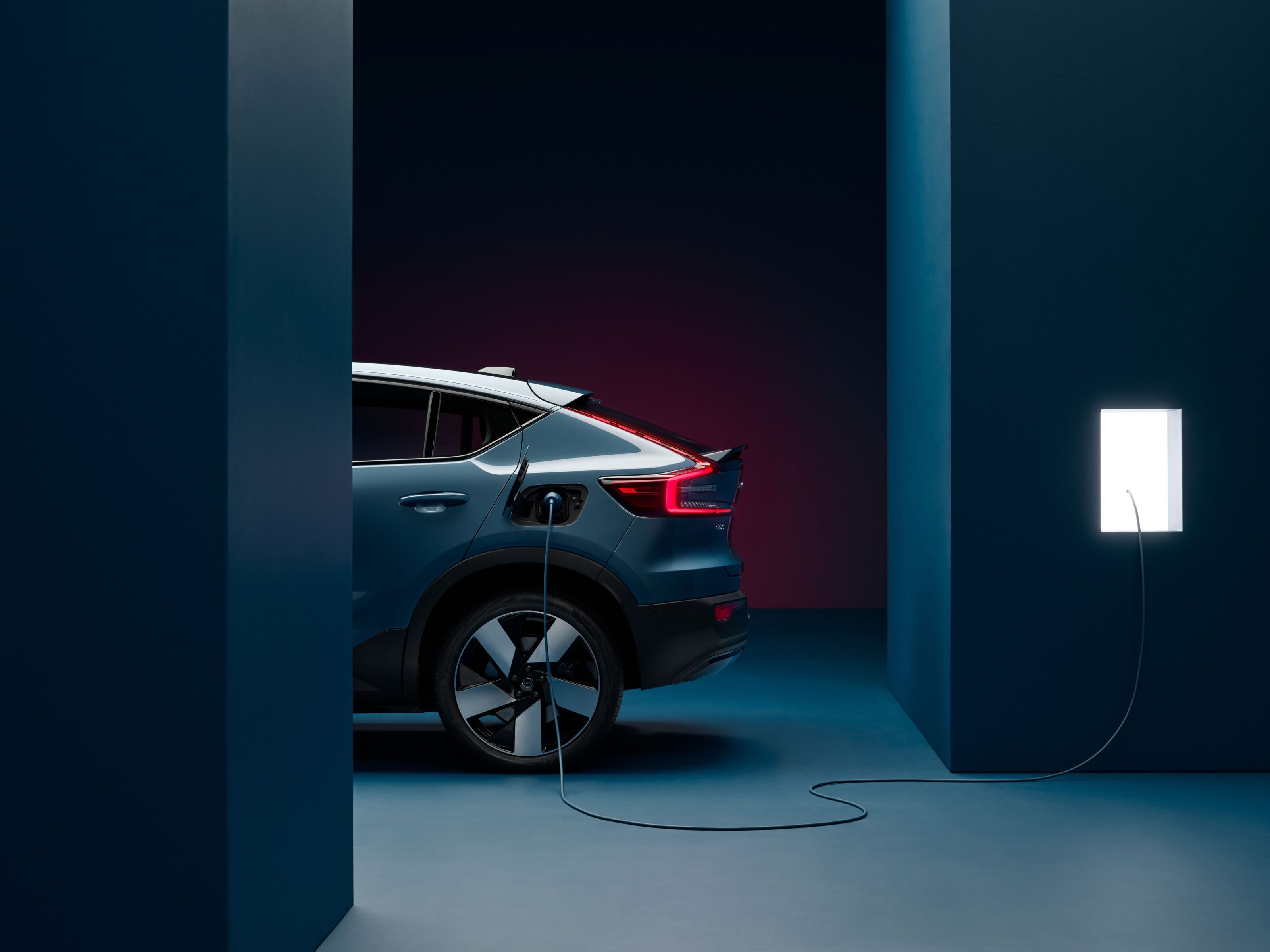 News
NewsVolvo to go all-electric in Australia by 2026
Bold new plan will ditch ICE and increase prices but Volvo is confident it’ll boost sales and even steal customers from Tesla
-
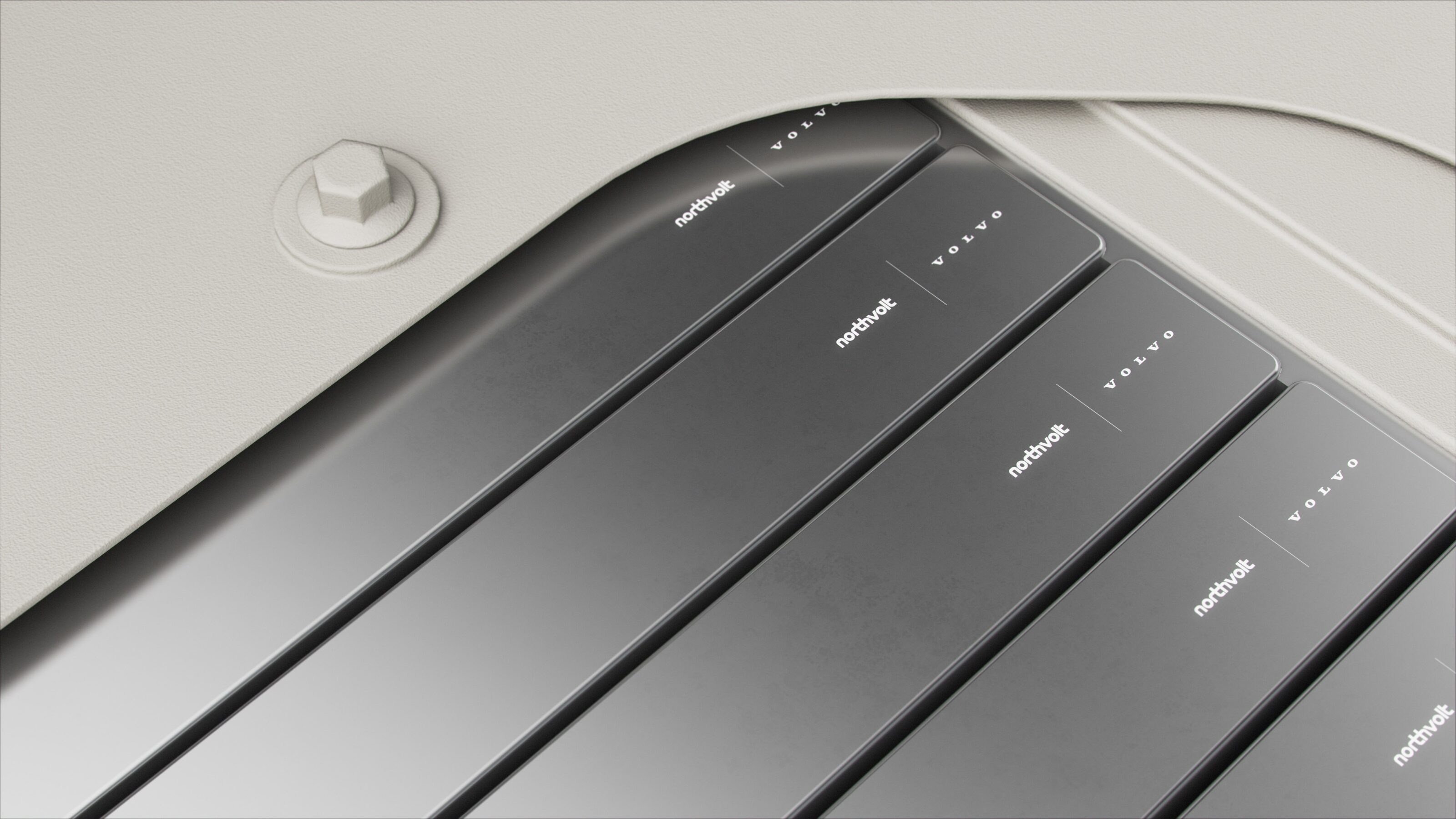 News
NewsVolvo enters joint venture to develop and produce batteries
New joint venture aimed at bringing everything in-house for Swedish battery tech
-
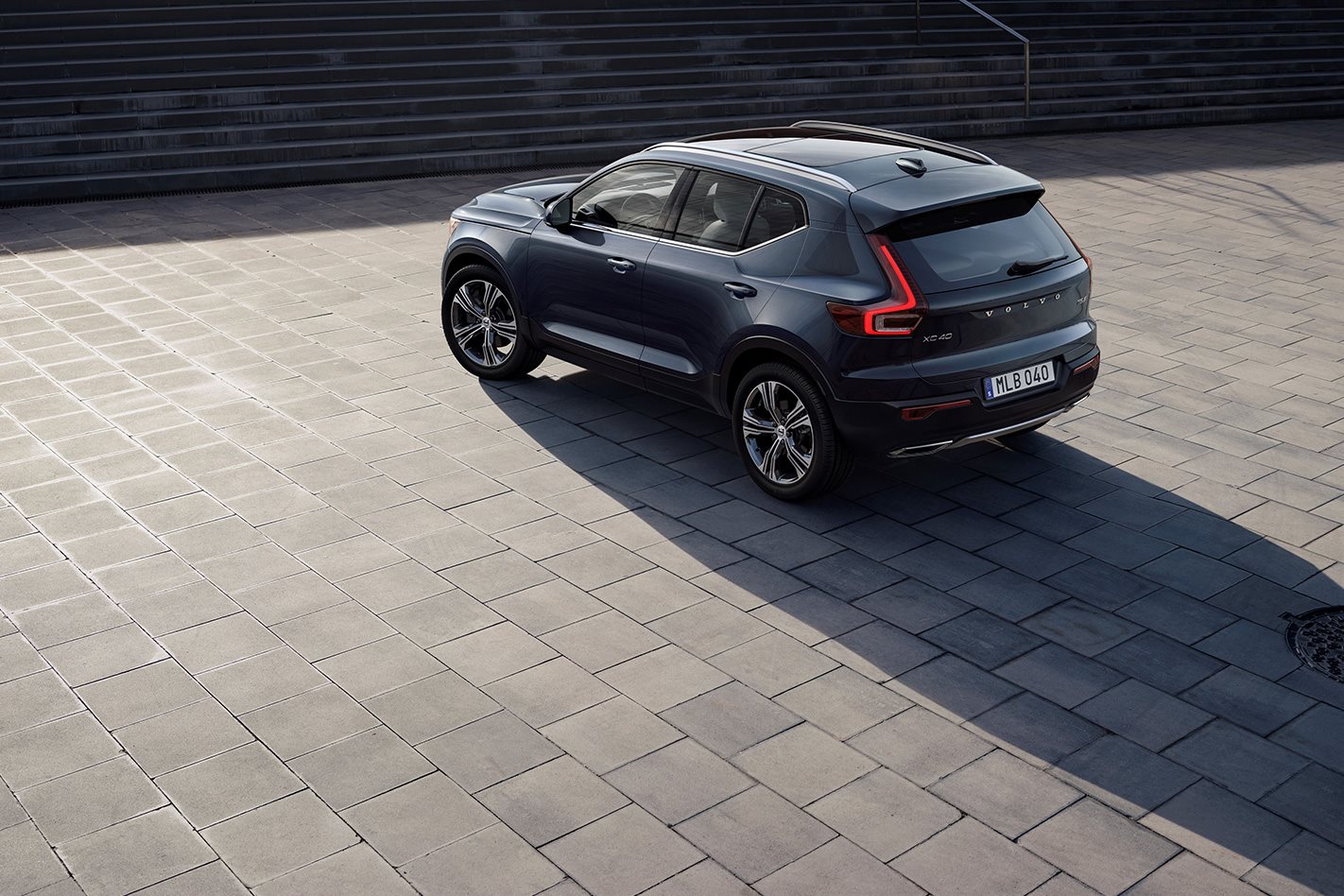 News
NewsSmaller engine, battery pack to power Volvo XC40
Electrification plans roll out for Volvo’s new compact SUV, but it will be a long wait for Australia


